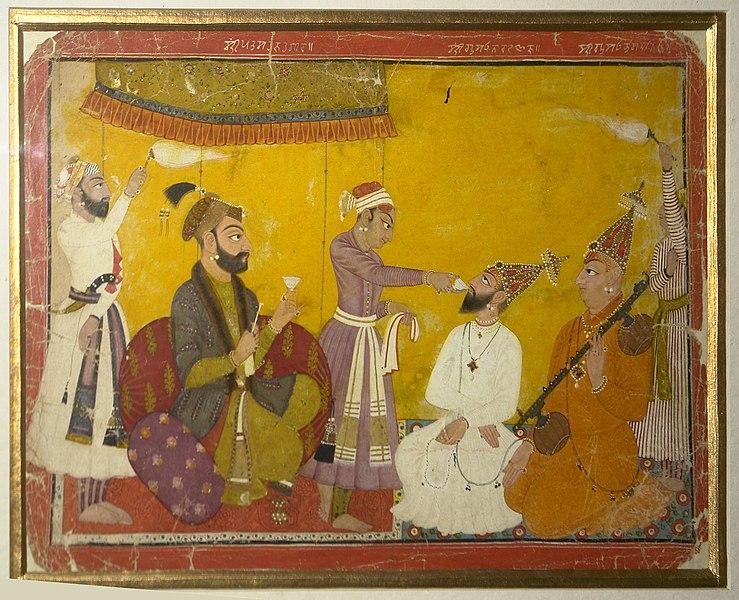The history of the Indian sub-continent from the late eighteenth century to the present day

A fifth of the world's population lives in the Indian subcontinent. While today the region’s place in the global world order is widely recognised, this is in fact only the most recent chapter in a longer history. This paper offers an understanding of the part played by the Indian subcontinent and its people in the making of the modern world. From the decline of the great empire of the Mughals and the rise of British hegemony, to the rise of nationalism, the coming of independence and partition, the consolidation of new nation states despite regional wars and conflicts, and the emergence of India as the largest democracy in the world, this paper is a comprehensive and analytical survey of the subcontinent's modern history. The paper covers the dynamic and complex relationships between changing forms of political power and religious identities, economic transformations, and social and cultural change in the period from 1757 to 2007.
Image: Mughal emperor Jahangir testing the strength of penance of Gosain Nirmalji and Bhagvanji, National Museum, New Delhi. Nurpur-Basohli, Pahari, circa A.D. 1750.
This material is intended for current students but will be interesting to prospective students. It is indicative only.
